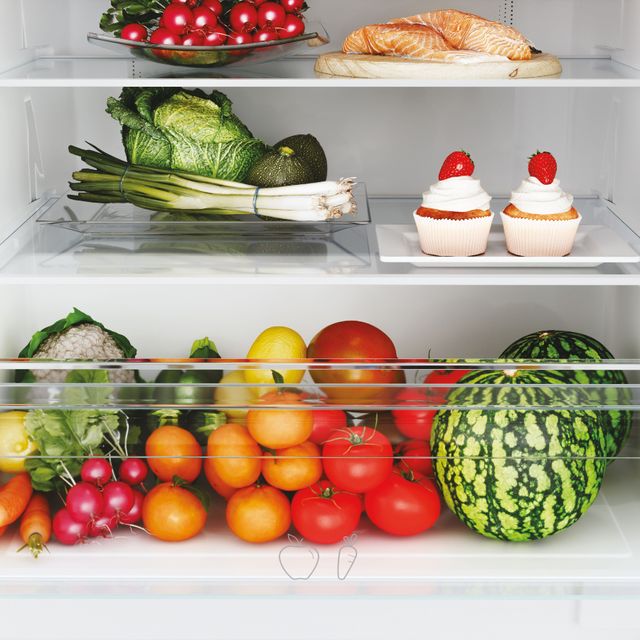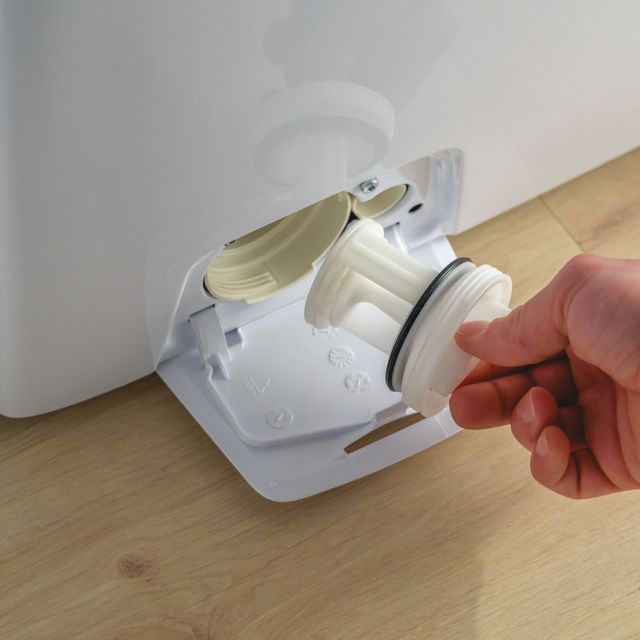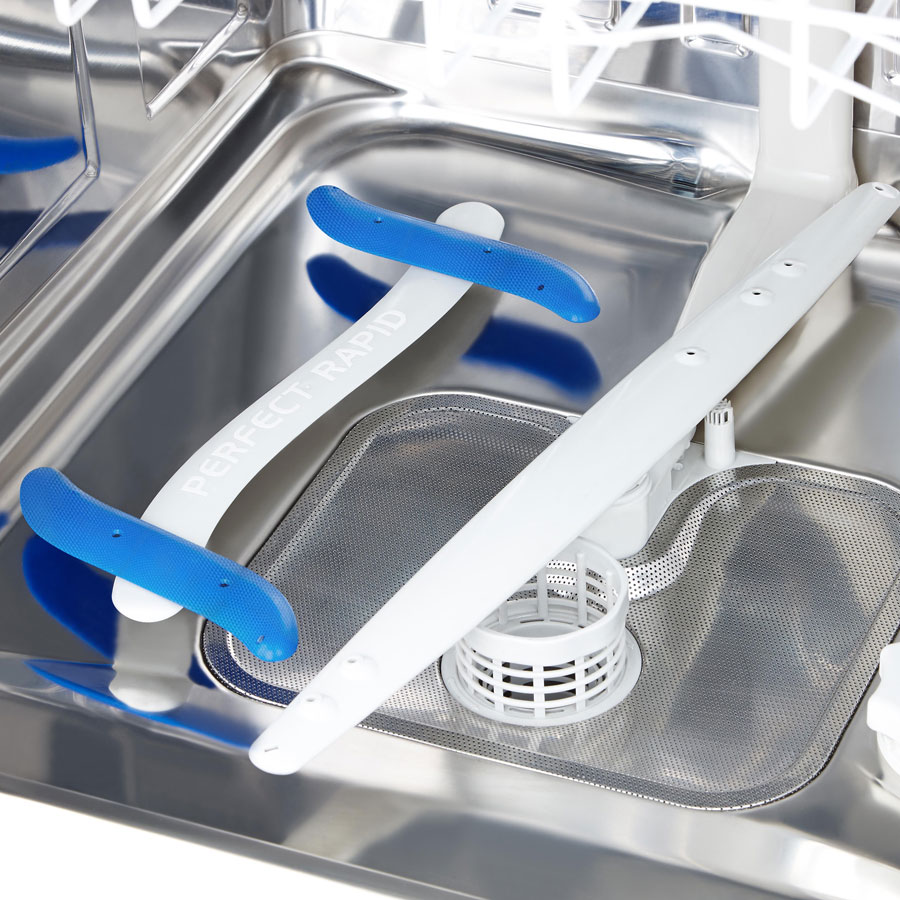The quick-wash of your washing machine: does it really work? This is the question many ask themselves. And the answer is easy: yes! (but only if you know how to use it. Here’s some advice to get the best out of this programme.
Nowadays people don’t have enough time to do house chores. If to the time factor you add in the energy you waste and the cost of utility bills, it goes without saying that the best solution is to do the cleaning during the best time slots (when possible), using the most energy-efficient and time-saving tools.
The washing machine doesn’t escape this logic and that’s why all the most recent models have a quick-wash cycle option, which, as you can imagine, is a favourite. Nevertheless, no one is ever sure that this programme will eliminate all dirt, especially because each brand has a different cycle duration. With a few simple rules, you can understand which quick-wash programme is best suited for your needs.
Quick-wash: 15, 30, 44 or 59 minutes?
To get the best possible results for your clothes you should know the various ways you can use the quick-wash, depending on the model of the washing machine you have. The duration of the programme and the selected temperature will have an optimal result on a certain type of laundry.
The 15-minute cycle is the shortest of the washing programmes. It predicts a 5-minute wash, a rinse and a fairly energetic centrifuge. Speed is obviously the highlight of this programme, but its effectiveness is limited to underwear or stainless clothes you only wore once, simply to freshen them up.
The 30-(or 44-minute) washing cycles are the most commonly used. The duration is still short, but it manages to eliminate the dirt better.
Finally, some washing machines allow you to activate a 59-minute quick-wash, which surely is the one closest to a complete cycle. While remaining at relatively low temperatures and lasting less than an hour, you can clean the laundry thoroughly and wash your clothes carefully.
Quick-wash programme: how to use it
Now that the methods of quick washing have been clarified, here are some suggestions that never go wrong and clean your clothes impeccably.
First, you have to separate the garments by type. While the whites and light colours (such as grey and beige) can withstand higher temperatures, the synthetics and the coloured fabrics could be damaged. This table will help you find the ideal temperatures for each material:
|
Clothing types |
Temperature |
|
Denim |
30° |
|
Wool |
Cold or 30° |
|
Synthetic and Coloured |
40° max |
|
Whites, cotton garments and underwear |
Up to 60° (recommended 40-50°) |
The doses for each type of washing are usually specified on the packaging of your detergent: we advise you to follow the instructions, especially if opting for a 15-minute quick-wash cycle as using an excessive amount of soap could prevent a good rinse.
Due to the short duration that distinguishes it, the 15-minute quick-wash cycle doesn’t allow you to completely fill the washing machine drum. The short time for washing and fast rinsing, result on the limitation of not being able to wash too many clothes at the same time. For this reason, we suggest you prepare a smaller load (in fact, this programme is supposed to be used to wash just a few more urgent items). There’s no issue with wanting to take full advantage of your appliance and opting for a 30, 44 or 59-minute cycle, but make sure the drum is never too full as this can compromise the quality of the washing.
One last tip: when stains are involved, you should pre-treat the garment with a stain-remover before using the quick-wash cycle. This way, your clothes will truly come out clean and you won’t have to use high temperatures nor a longer washing cycle.





